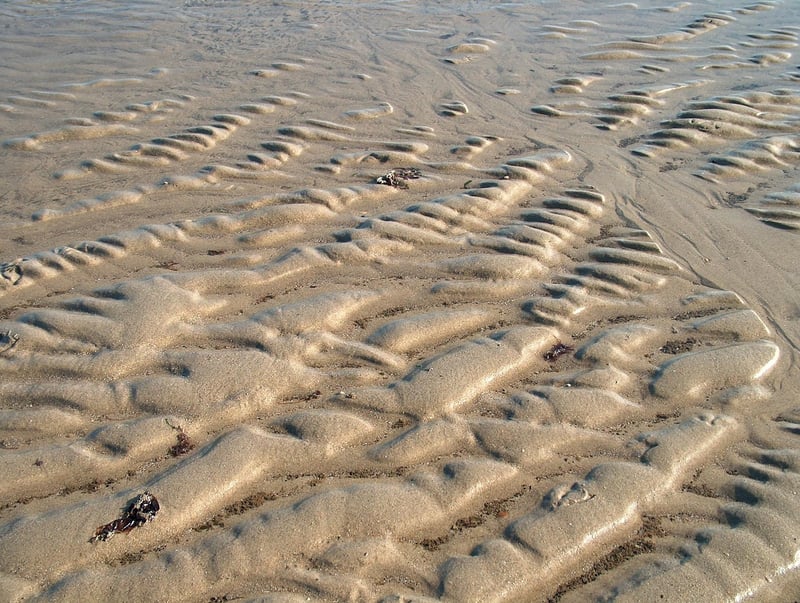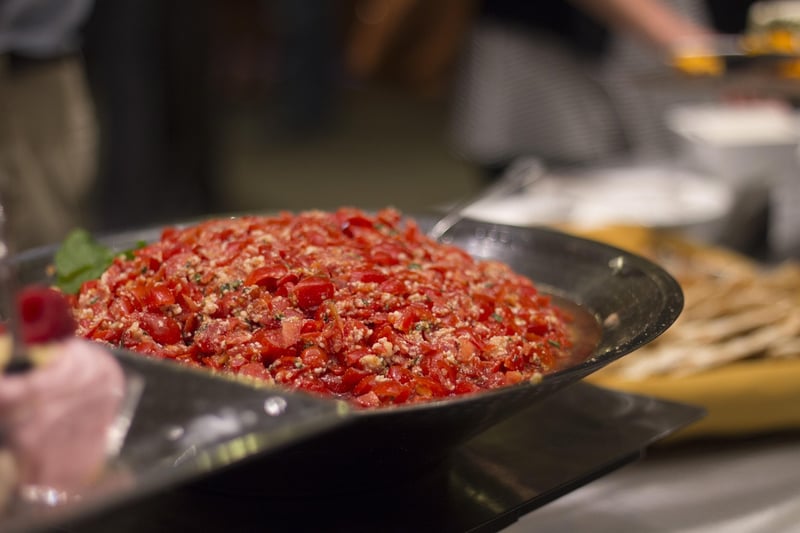Salsa
The Art of Expressive Movement in Salsa Dancing
Salsa dancing is more than just a series of steps; it's a vibrant expression of culture, passion, and emotion. At the heart of salsa lies the art of expressive movement, where dancers convey their feelings and tell stories through their body language and footwork.
Understanding Expressive Movement
Expressive movement in salsa is about connecting with the music on a deeper level. It involves using your body to interpret the rhythm, melody, and lyrics of the song. Through fluid movements, sharp accents, and intricate footwork, dancers can express a range of emotions from joy and excitement to sensuality and longing.
Key Elements of Expressive Movement in Salsa
- Rhythm: Syncopated steps and pauses that match the music's beat
- Body Isolation: Moving different body parts independently to create dynamic shapes
- Emotional Connection: Infusing movements with your personal emotions and experiences
- Partner Connection: Communicating with your dance partner through touch and eye contact
Benefits of Embracing Expressive Movement
Embracing expressive movement in salsa dancing can elevate your performance and connection with your partner. It allows you to engage authentically with the music and express yourself more fully on the dance floor. Additionally, it adds depth and dimension to your dancing, making each dance a unique and memorable experience.
Explore the World of Expressive Movement in Salsa
If you're looking to enhance your salsa dancing skills and delve deeper into the art of expressive movement, consider taking classes or workshops focused on musicality, body movement, and connection. Practice regularly, listen to salsa music, and let yourself be guided by the rhythm and passion of the dance.
So, next time you hit the salsa dance floor, remember that it's not just about the steps—it's about the expressive movement that brings the dance to life.

Image source: Pixabay
